What's New
Displaying results 3701 - 3710 of 4922

Resource | Fact Sheets,
The fifth round of Integrated Biological and Behavioral Surveillance (IBBS) surveys among male injecting drug users (IDUs) covered a sample of 685 respondents in Kathmandu Valley and Pokhara Valley.
The surveys were carried out primarily to track the trends in the prevalence of HIV and syphilis infection among male IDUs and to assess their sexual and injecting behaviors.
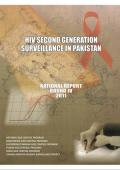
Resource | Publications,
This report provides national biological and behavioural information of key populations at risk that was gathered in Round 4 of SGS, conducted in 2011. Since the previous rounds identified emerging HIV epidemics among high-risk groups, the focus of Round 4 was to ascertain the spread of HIV among these groups and to understand any changes in behaviours that increase or decrease the risk of HIV infection.
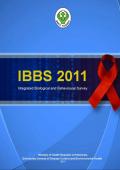
Resource | Publications,
The 2011 Integrated Biological and Behavioural Surveillance (IBBS) was conducted to obtain a picture of the magnitude of the problems, risk factors, knowledge and program scope, with the aim of understanding the dynamics of the HIV epidemic in Indonesia. The 2011 IBBS was conducted in 23 cities/regencies in 11 provinces, with most of the cities/regencies selected being those also surveyed in the 2007 IBBS.
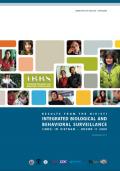
Resource | Publications,
From June 2009 to February 2010, Vietnam’s second round of integrated HIV/STI biological and behavioral surveillance (IBBS) was conducted among select population groups in Hanoi, Hai Phong, Quang Ninh, Ho Chi Minh City, Can Tho, An Giang, Da Nang, Nghe An, Yen Bai, Dong Nai, Dien Bien and Lao Cai. The IBBS utilized community-based sampling to estimate the prevalence of HIV and other sexually transmitted infections (STI) and to provide indicators of risk behaviors and intervention exposure among most-at-risk populations (MARP). These included injecting drug users (IDU), female sex workers (FSW), and men who have sex with men (MSM).

Resource | Publications,
This project is the first research to be conducted with men who have sex with men (MSM) and transgender (TG) people in Fiji since 1998. It aims to inform the public health response to HIV and sexual health among MSM and Tg in Fiji and assist in the development of community-based activities. The research was community-based and the survey data were collected by MSM and Tg community research assistants.
Although not necessarily representative of all MSM and TG in Fiji, the data gathered in this research are extremely valuable in helping to understand the risk behaviour and other factors among MSM and TG, and in enabling the development of recommendations for future HIV prevention and health promotion actions. As a community-based study, this research was very much focused on generating information to help answer the question: "Where to from here?".
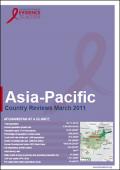
Resource | Reviews and Snapshots,
This document summarizes that HIV prevalence is scarce, given the current state of rebuild of Afghanistan's health system. UNAIDS has eliminated that, as of 2008, HIV prevalence among the general population is below 0.5%.
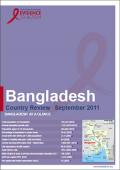
Resource | Reviews and Snapshots,
The first case of HIV in Bangladesh was detected in 1989. since then, the number of HIV cases has grown and by December 2009 and estimated 6,300 [5,200-8,300] adults and children were living with HIV.
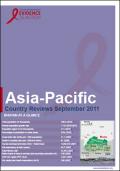
Resource | Reviews and Snapshots,
Bhutan is considered a low HIV prevalence country, with an estimated prevalence of 0.2% among adults aged 15-49 as of 2009; there are an estimated fewer than 1,000 [<1,000-1,500] adults and children currently living with HIV in the country.
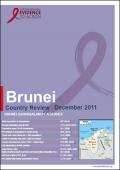
Resource | Reviews and Snapshots,
Since the first case of HIV was detected in 1986, HIV prevalence in Brunei Darussalam has remained at <0.1%; however, the number of cases continues to grow and, by the end of 2009, a cumulative total of 56 cases of HIV had been reported together with 11 new cases of HIV for that year alone.
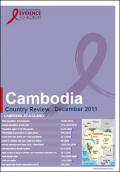
Resource | Reviews and Snapshots,
HIV was first detected in 1991 during serological screening of donated blood. Cambodia appears to be experiencing relative success in the fight against HIV. After peaking at approximately 3.3% in 1997-98, HIV prevalence among the adult population aged 15-49 years declined to 1.2% [0.85 - 1.6%] in 2001 and more recently estimated to be 0.5% [0.4-0.8%] in 2009.





